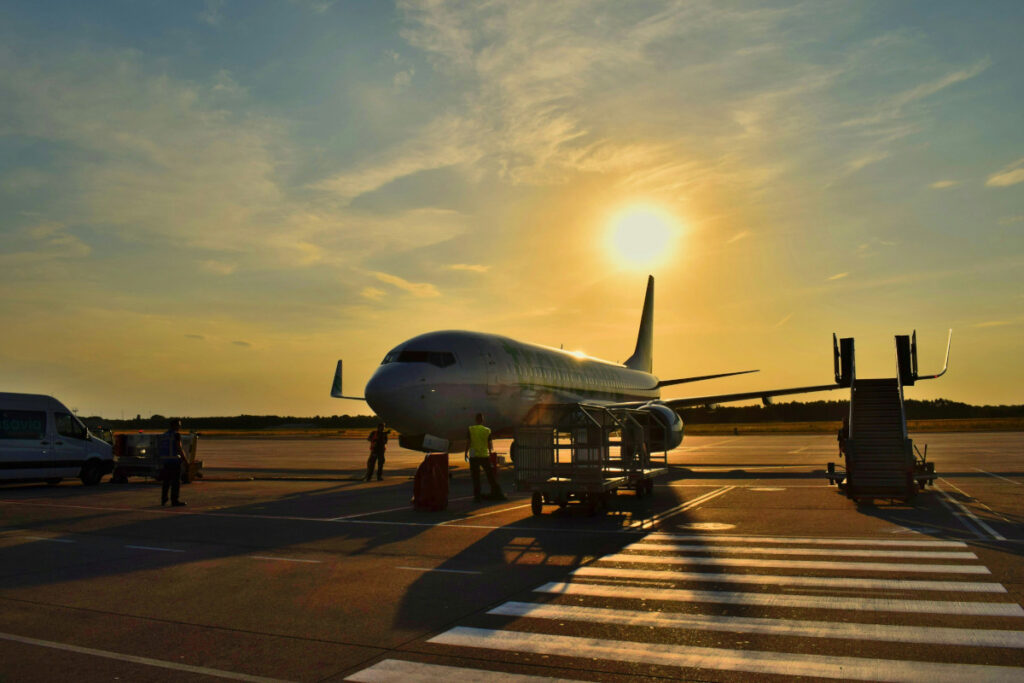By Erialdi Syahrial and Isma Arizal Ismail
Global warming driven primarily by the accumulation of greenhouse gases (GHGs) like carbon dioxide (CO₂) continues to pose one of the most urgent environmental threats of our time. CO₂, the largest contributor, traps heat in the atmosphere, disrupting weather patterns, raising sea levels, and impacting ecosystems and public health globally. Emitted mainly through the burning of fossil fuels for power, transportation, and industrial processes, CO₂ also stems from deforestation, which reduces Earth’s capacity to absorb carbon naturally.
As Malaysia pursues its commitment to achieving net-zero carbon emissions by 2050, the government and key stakeholders are accelerating efforts to integrate transformative technologies into national climate policy. One such technology under active consideration is Direct Air Capture (DAC), a process that removes CO₂ directly from the atmosphere. While Malaysia has advanced its climate agenda through renewable energy, electrification, and sustainable biofuels, these approaches can only reduce emissions by 40% to 50%. To reach full decarbonization, carbon removal technologies like DAC are essential.

In a major step forward, Malaysia is initiating a multinational collaboration involving local universities, key logistics hubs, a leading Japanese university, and top-tier Japanese firms specializing in climate innovation, green fuels, and carbon capture. This cross-border initiative will pilot a mini DAC prototype system aimed at reducing emissions in high-concentration areas such as international airports and seaports.
Strategic deployment at high-emission zones
Malaysia’s logistics sector including aviation, maritime shipping, and associated ground transport contributes significantly to the country’s carbon footprint. Despite progress in adopting cleaner fuels and efficiency upgrades, emissions remain high due to the sector’s energy-intensive nature. To tackle this challenge, stakeholders are evaluating pilot DAC deployments at strategic sites, with a focus on Malaysia’s busiest international airports and major seaports.
Following initial engagements, private company in Malaysia has agreed to support a pilot project aligning with its sustainability agenda. A virtual agreement has earmarked a location near the aircraft hangar and close to flight take-off zones, an area with nearly a thousand aircraft movements daily as the optimal site for DAC deployment. This placement ensures the prototype unit is exposed to high CO₂ concentrations, maximizing its operational effectiveness.
A mini-DAC prototype will capture approximately 1 kilogram of CO₂ per day, serving as a live demonstration of the technology’s performance under Malaysia’s tropical climate. The captured gas will then be released using waste heat from airport infrastructure, and subsequently liquefied for potential commercial use or conversion into green fuels.
This small-scale deployment will serve multiple purposes: testing energy efficiency, validating environmental performance, and collecting operational data to inform future scale-up.
Importantly, the prototype also demonstrates how DAC technology can be integrated with existing infrastructure and renewable energy sources, accelerating the decarbonization of transport and logistics hubs.
Economic and policy implications
The initiative is particularly timely as Malaysia prepares to introduce carbon pricing mechanisms, including a national carbon tax expected in 2026. DAC technologies offer not only environmental benefits but also economic opportunities such as generating carbon credits, stimulating green technology industries, and enabling compliance with Environmental, Social, and Governance (ESG) standards.
The project will also explore commercialization avenues for the captured CO₂. These include use in synthetic fuels for electricity generation, and other applications in chemicals and advanced materials. Such innovations support the vision of a circular carbon economy, where CO₂ is recycled as a resource rather than treated as waste.
Malaysia’s involvement in DAC development supports global decarbonization targets set by the International Civil Aviation Organization (ICAO) and the International Maritime Organization (IMO). It also complements the country’s own National Energy Transition Roadmap (NETR) and recent government initiatives, including a 1% Sustainable Aviation Fuel (SAF) blending mandate starting in 2027. Hence, DAC will be critical to neutralize residual carbon, particularly in hard-to-abate sectors such as aviation and shipping.
The collaboration also fosters a long-term platform for international research, talent development, and policy innovation. Joint efforts with Japanese university and companies will generate technical knowledge, strengthen Malaysia’s green engineering workforce, and contribute to the development of national guidelines for carbon capture infrastructure.
Our opportunity to lead in Southeast Asia
Globally, countries such as Japan and the European Union are already investing in DAC technologies. For Malaysia to realize its ambition of becoming a green technology hub in ASEAN, it must adopt a proactive policy stance on carbon removal. Incentivizing R&D partnerships, supporting pilot programs, and fostering public-private collaboration are key to positioning the nation as a regional leader in climate action.
Without investments in DAC and related technologies, Malaysia may struggle to close the carbon gap and meet its 2050 targets. However, by leveraging its ports, airports, and existing infrastructure especially with access to recycled heat and solar energy the country can create cost-effective DAC solutions suited to local conditions.
Conclusion
Direct Air Capture (DAC) technology will be tested in a tropical climate. Until now, DAC systems which remove carbon dioxide directly from the atmosphere have only been trialled in temperate regions, where seasonal changes influence performance. This new study will evaluate how the technology functions in consistently warm, humid conditions typical of Southeast Asia. If successful, the findings could pave the way for wider deployment of DAC across ASEAN countries and other tropical regions, contributing to global efforts to address climate change.
Therefore, Malaysia’s carbon capture collaboration with Japanese academic and industrial partners marks a significant turning point in the nation’s climate journey. The pilot DAC project offers not just a path to emissions reduction, but a blueprint for integrating science, industry, and policy into a unified strategy for climate resilience.
Dr. Erialdi Syahrial is a senior lecturer at the Faculty of Business and Economics, and Isma Arizal Ismail is a UM Elite Fellow at the Faculty of Business and Economics, Universiti Malaya
